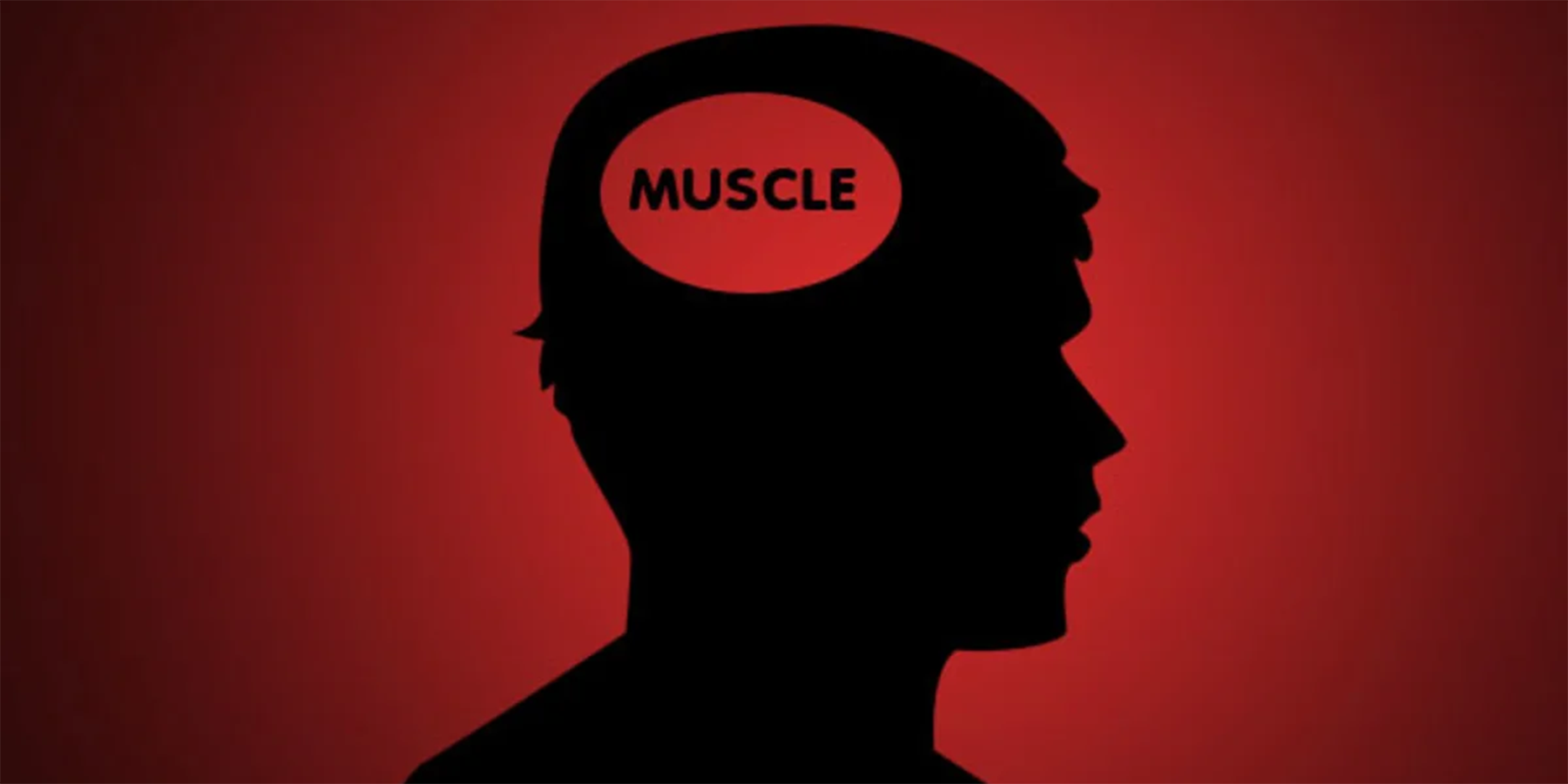“Practice makes perfect,” is a saying that we have all heard at one point or another. It is the idea that repeating the same process over and over ingrains it into your brain and body until it finally becomes a perfect process. The brain and body physically change in order to make these processes, whether it is a golf swing or playing an instrument, more streamlined. In order to lessen the amount of conscious brain power we apply to these processes, we adapt to make them almost subconscious responses so we can turn our attention towards more important matters like decision-making. Even after years without practice, these previously perfected patterns and processes can be tapped into in the blink of an eye, just like riding a bike.

Andrew Verdaguer
At the most basic level, there are two structures within the body that allow the muscle memory phenomenon to exist. They are the cerebellum, which is responsible for motor learning, and the muscle fibers, which are responsible for carrying out physical actions. Chiropractic care has been shown to affect both of these regions, which is promising for the future of our profession. One study shows that a single session of chiropractic manipulation results in a 64.2% increase in strength of weak plantarflexion muscles (1), and another study shows that chiropractic care increases reaction time by 25% in healthy individuals and 19% in individuals with chronic pain (2). These changes were not created by a direct effect on the muscle fibers or spinal nerves, but the cortex and cerebellum.
Muscle fibers, although they rely entirely on the brain for control, have shown to have a sort of memory mechanism of their own. Muscles that undergo hypertrophy not only get larger, but also recruit more myonuclei from surrounding satellite cells (3). This allows the muscle to perform tasks more quickly and more efficiently. What is truly interesting is that the extra myonuclei acquired from hypertrophy training do not disappear when you stop using the muscle (4). Even under circumstances of extreme muscle atrophy, the extra myonuclei have been shown to last for up to fifteen years. This enables somebody who gets injured to quickly recover and work back up to their full potential in a much shorter amount of time than it took them the first time around. This is why professional athletes that undergo serious surgical procedures can still be ready to play at a competitive level in just a few short months or even weeks.
Muscle memory applies to just about everything that we do, not just the more complicated processes. Even the most seemingly basic day-to-day things like standing with good posture are controlled by muscle memory. The more conscious attention you give to good posture, the more quickly it becomes a subconscious process. But the reverse is also true. Living every day with poor posture could result in your body believing that is its normal position. A slouch becomes the norm, the cerebellum learns motor tasks in this incorrect position, and the muscles adapt to hold the body there instead of in its natural upright state. Another example would be a golf swing. No matter how many times you practice swinging that golf club, if you practice the wrong movement your swing will never improve.
The role chiropractors play in muscle memory is two-fold. First, adjust the spine in order to create neuroplastic changes that can increase strength and reaction time as well as decrease pain and dysfunction. Second, educate the patients on proper posture and exercise in order to increase strength, flexibility and proper movement patterns. No matter how many times the phrase has been repeated, it is not practice that makes perfect. It is perfect practice that makes perfect.
References
- Holt, Kelly et al. “The effects of a single session of chiropractic care on strength, cortical drive, and spinal excitability in stroke patients.” Scientific reports 9,1 2673. 25 Feb. 2019, doi:10.1038/s41598-019-39577-5
- Daligadu J, Haavik H, Yielder P, Baarbe J, and Murphy B (2013), “Alterations in Cortical and Cerebellar Motor Processing in Subclinical Neck Pain Patients Following Spinal Manipulation,” JMPT Vol 36, Iss 8, October 2013 pp. 527-537, https://doi.org/10.1016/j.jmpt.2013.08.003
- Gundersen, Kristian. “Muscle Memory and a New Cellular Model for Muscle Atrophy and Hypertrophy.” The Journal of Experimental Biology, vol. 219, no. 2, 2016, pp. 235–242., doi:10.1242/jeb.124495.
- Bruusgaard, J. C., et al. “Myonuclei Acquired by Overload Exercise Precede Hypertrophy and Are Not Lost on Detraining.” Proceedings of the National Academy of Sciences, vol. 107, no. 34, 2010, pp. 15111–15116., doi:10.1073/pnas.0913935107.
This article first appeared in the April 2020 issue of Lifelines, the Life West student magazine.


